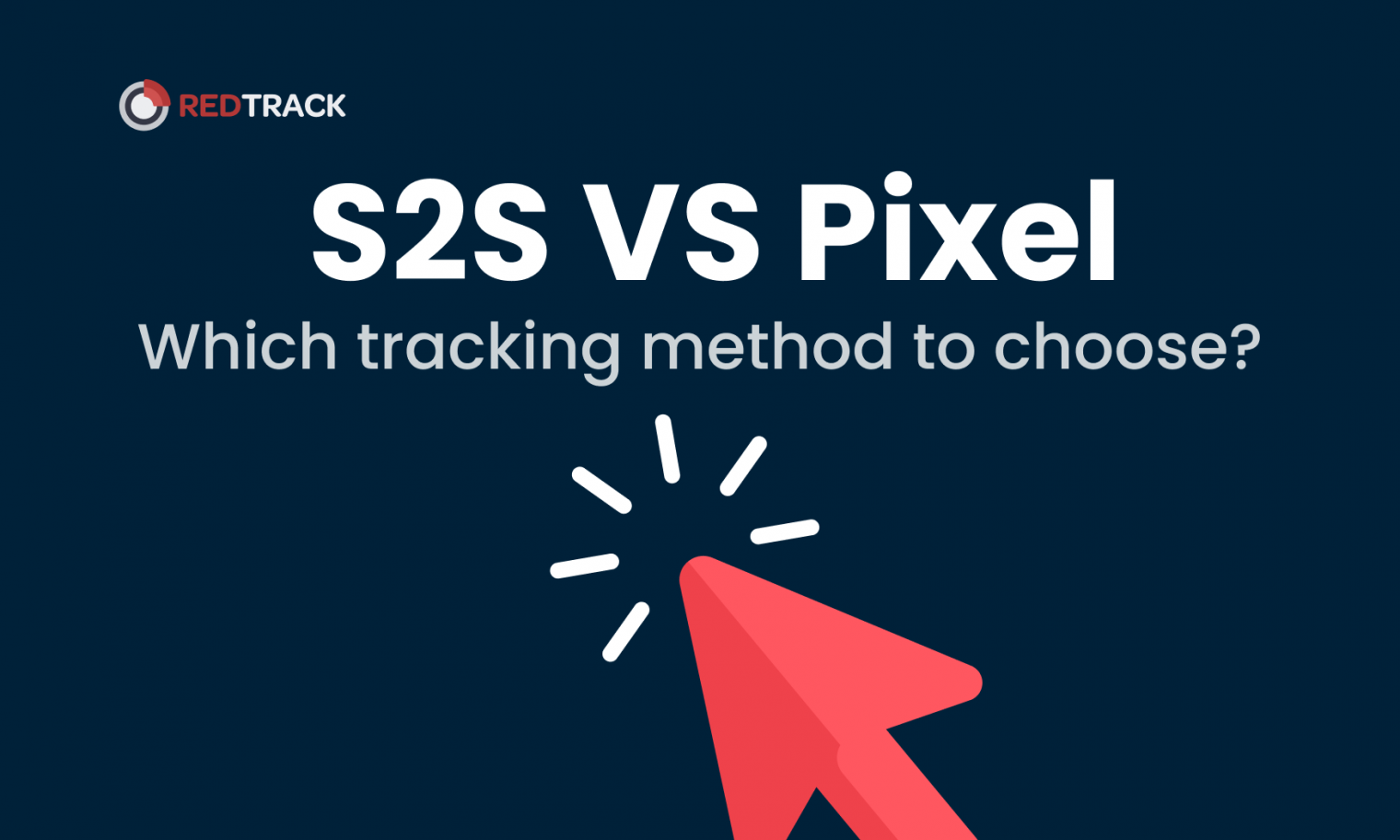
Check our 2-minute video to explore 5 reasons users choose RedTrack as their ad tracking & attribution partner.
Click fraud has emerged as a significant challenge for marketers and media buyers alike. This glossary definition aims to demystify click fraud, offering clear, concise insights tailored for marketing professionals. Through narrative-style chapters, we'll explore the what, why, and how of click fraud, employing digital marketing and media buying terminology to ensure relevance and clarity.
Click fraud is a deceptive practice where clicks on online advertisements are artificially generated to inflate visitor counts without genuine interest or intention to engage with the ad's content. This can be executed through various means, including software scripts (bots), click farms where individuals are paid to click on ads, or by competitors aiming to deplete your advertising budget.
The mechanics of click fraud are sophisticated, leveraging automated programs and human coordination to simulate real user interactions. Bots, for instance, can mimic human behavior, navigating websites, and clicking on ads to create the illusion of interest. Click farms, on the other hand, use low-wage workers to manually click on ads, a method that's harder to detect due to the human element involved.
For marketers, the ramifications of click fraud are twofold. Financially, it drains advertising budgets, diverting funds meant for genuine customer engagement into the pockets of fraudsters. Strategically, it skews analytics, offering a distorted view of an ad's performance. This can lead to misguided decisions, impacting campaign effectiveness and ROI.
Detection hinges on vigilance and sophisticated analytics. Unusual spikes in traffic, abnormally high click-through rates (CTRs), and discrepancies in conversion rates can be indicators of click fraud. Geolocation analysis can also reveal inconsistencies, such as a significant amount of traffic coming from regions not targeted by the campaign.
Combating click fraud requires a mix of technology and strategy. Ad platforms have implemented automated systems to filter out fraudulent clicks, but marketers can further protect their campaigns by setting targeted ad placements, using CAPTCHA for interactions, and regularly auditing traffic for anomalies. Additionally, employing click fraud detection services can offer an extra layer of security, leveraging advanced algorithms to identify and block fraudulent activity.
As technology evolves, so do the methods of click fraud. The future of prevention lies in increasingly sophisticated detection tools that can anticipate fraudulent patterns before they impact budgets. AI and machine learning are at the forefront, offering the potential to dynamically analyze behavior and block fraud in real-time.
To safeguard campaigns, marketers should adhere to a set of best practices:
Regularly review campaign analytics for signs of fraud.
Employ advanced ad targeting to minimize exposure to fraudulent activities.
Collaborate with reputable ad platforms known for their fraud prevention measures.
Consider investing in specialized click fraud detection and prevention services.
While the focus is often on prevention and detection, it's crucial to consider the legal and ethical implications. Pursuing legal action against click fraud perpetrators can be complex, but understanding the legal landscape is important for marketers. Ethically, fostering transparency and honesty in digital advertising practices contributes to a healthier online ecosystem.
Click fraud is a pervasive issue in digital marketing, requiring marketers to be vigilant and proactive in their approach to detection and prevention. By understanding the mechanisms, impacts, and strategies related to click fraud, marketers can better protect their advertising investments and maintain the integrity of their campaigns. As the digital landscape continues to evolve, staying informed and adaptable will be key to navigating the challenges of click fraud.

Check our 2-minute video to explore 5 reasons users choose RedTrack as their ad tracking & attribution partner.

Join our Facebook group to participate in the discussions, share your insights with like-minded people, and ask for support if needed.

Find out how Financer.com optimized the conversion rates of both organic and paid traffic by 60% with RedTrack.